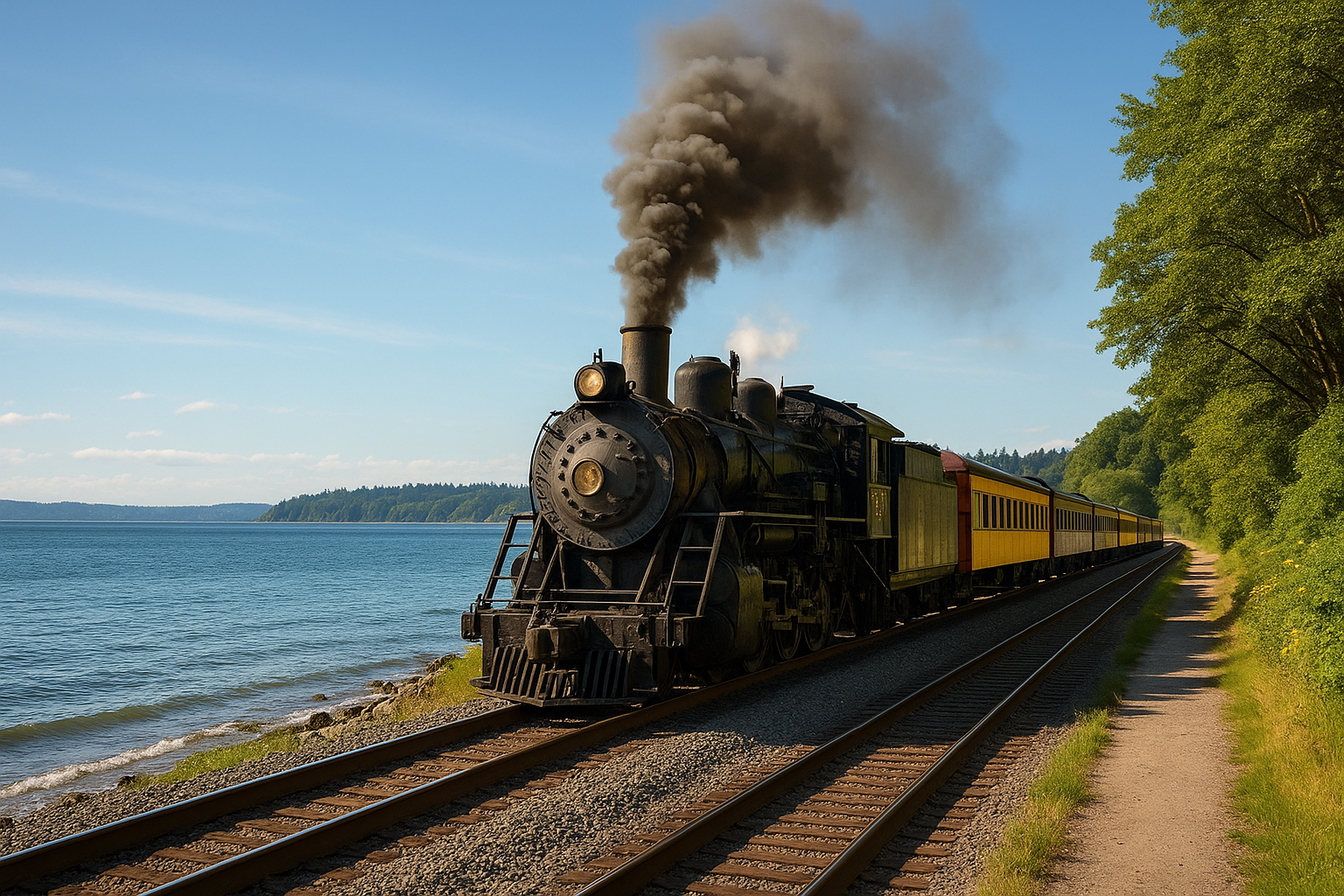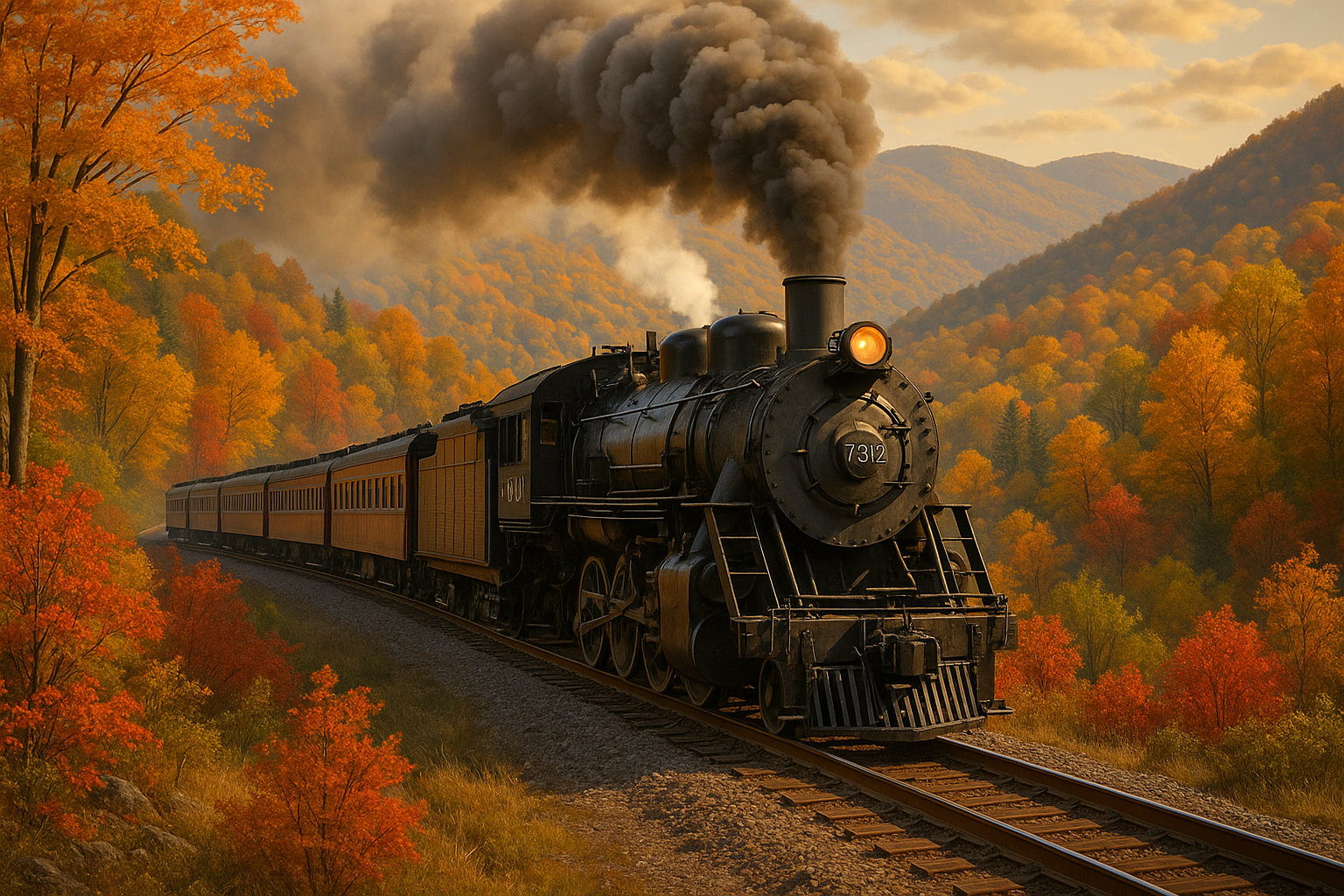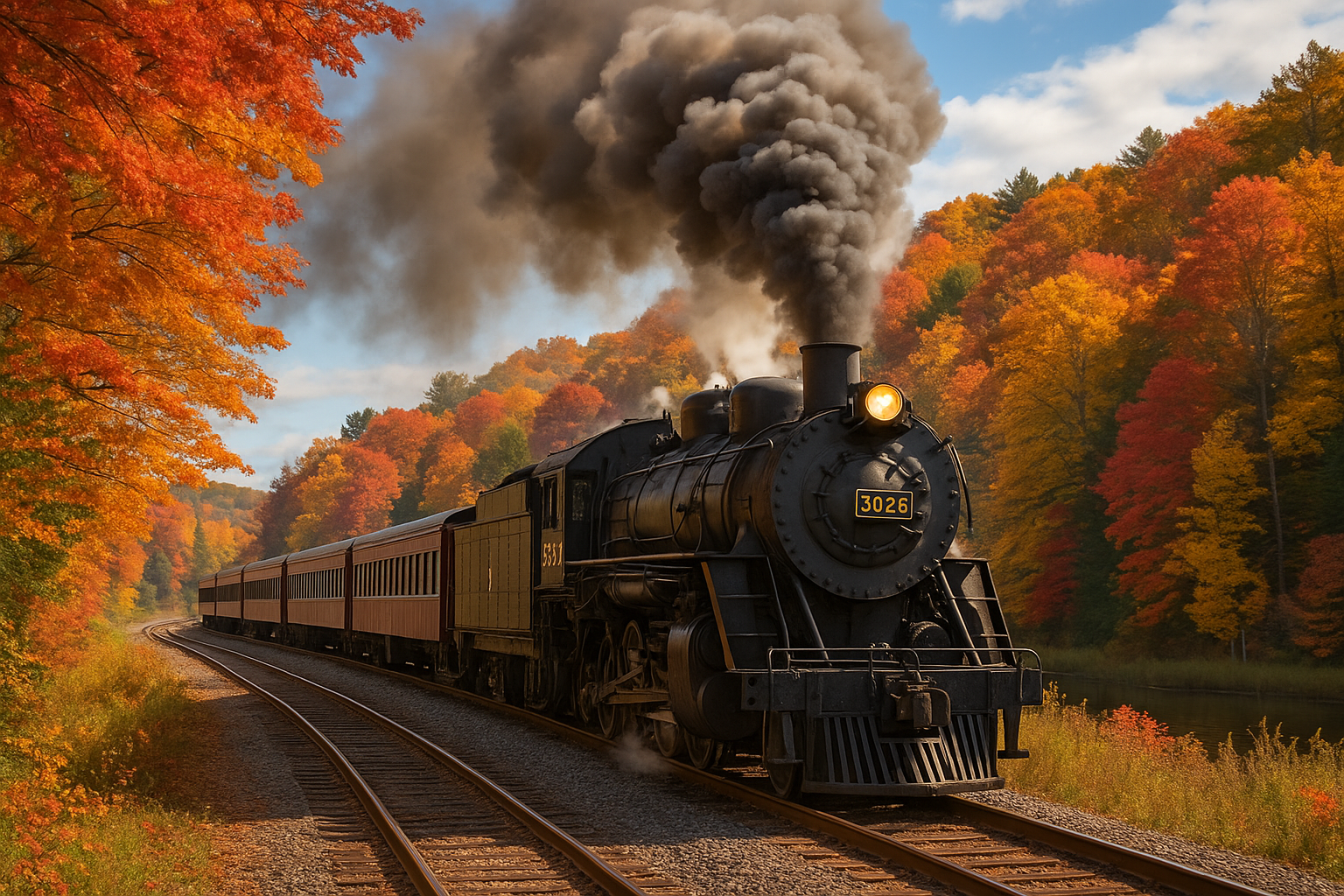A Personal Memoir of Tunnel #21: Eaton, WV
Last Revised: December 28, 2021
By Earl Scharper
When I began working with the B&O Railroad in 1936, its Parkersburg Branch was known as the bottleneck for high and wide shipments on the route between Cumberland and Cincinnati.
The main impediments were the 23 tunnels on the Parkersburg Branch. Over the years clearance improvements were made but freight cars were also becoming larger and the Parkersburg Branch was still "The Bottleneck."
In the early 1960s, a comprehensive clearance project was begun to remove The Bottleneck. Some tunnels would be open cut and others would be enlarged by setting back and/or raising the tunnel roof.
This was a combination project utilizing the B&O's tunnel repair gangs but principally outside contractors. Railroad traffic was maintained but most of it was scheduled at night to provide maximum working intervals for the clearance work while maintaining reasonable schedules for railroad traffic.
Work progressed smoothly and, in due course, work was begun at Tunnel #21 to widen some portions of the walls and to raise some portions of the roof by the railroad's tunnel repair forces. Work was on schedule until that fateful day when there was a roof failure which closed the tunnel and trapped three men inside.
Work was immediately started to rescue the trapped men but progress was agonizingly slow. As soon as some of the debris was removed, there would be additional failures and the cleared area would be filled with newly fallen rubble.
After a week or two of this impasse, it was obvious the old tunnel could never be repaired because of the extensive roof failures and the decision was made to drive a new tunnel about 300 feet north of the old one.
A survey was quickly made, a new alignment established, plans for the new tunnel prepared and a contract let for the new structure.
Since the Parkersburg Branch was now completely closed and all through traffic was necessarily rerouted over other lines at much greater cost, the new tunnel contract specified construction was to be carried out 24 hours a day and seven days a week until completion, with a construction gang to start at each end of the tunnel and work towards the center.
In the meantime, rescue work at the old tunnel was being pushed as hard as possible, but the roof walls were also becoming more extensive and working conditions were becoming exceedingly dangerous.
When it was apparent that all rescue work which could be done had been performed, it was decided, with the concurrence of the trapped workers' families, that all hope for their recovery was gone, and it was felt foolhardy to expose the rescue workers to more and more dangerous conditions in the procedures.
So the old tunnel was sealed at each end and it remains the tomb for the trapped tunnel workers. The work at new Tunnel #21 presented a problem for the construction engineers.
With work progressing at each end of the tunnel and continuing around the clock, it was increasingly difficult for the engineers to provide alignment and elevation controls when needed by the contractor without delaying his progress.
It quickly became apparent that the new Tunnel #21 project needed to have its own engineering crew supervised by an experienced tunnel construction engineer.
John Packman, who was in charge of the outside contractor projects, had good crews assigned to him, but he had no one with experience in driving new tunnels.
So Packy asked his boss, Les Kroll, to obtain a qualified person to take charge of the Tunnel #21 project while Packy would retain supervision of the ongoing clearance improvement projects.
As I was one of the few men in the Construction Engineering Department who had supervised new tunnel construction, Les Kroll asked me if I would take the assignment at Tunnel #21. Of course, I said yes.
At the time, I was assistant office engineer with a salary larger than John Packman's. When this was discussed, Packy said that was OK with him as long as it was understood I was to be in charge only for Tunnel #21, while Packy continued on with the other contract work.
That was a happy solution to a potentially contentious situation since Packy and I had worked together very well on other projects and surveys and we saw no reason why there should be any conflict about our separate responsibilities at Tunnel #21.
I did not realize it at that moment, but I was going to be much too busy at Tunnel #21 to ever try, or even want, to nibble into Packy's other projects.
We did work together smoothly in sharing engineering crews, when necessary, and in supporting each other with advice and suggestions when asked. There were no incidents of authority clashes during our tenure together.
One thing was made clear to me from the beginning - the first priority was that the contractor at Tunnel #21, C. J. Langenfelter & Son, was not to be held up or delayed for any reason.
We had to work around that condition and we engineers had to provide the center line controls and elevation checks in the periods of natural pauses in construction activity, such as shift changes, moving drilling jumbos into and out from the drilling face and during safety checks.
We could not even count on lunch periods (there were no coffee breaks) because the crews ate when and as they could as the work progressed. This unceasing progress also meant that the engineering crews had to be available on very short notice and ready around the clock.
Long work days became the norm and we quickly acquired the ability to tolerate interruptions to our routine duties in order to set line and grade controls for the construction gangs at both ends of the tunnel.
I went to Tunnel #21 immediately after the 4th of July to find work was well underway at each end. Unremitting pressure was on for progress and there were no times off, no breaks, no holidays and no overtime pay for the engineering crews.
We worked for two weeks straight and then had two days off. Also, the days were long and we didn't have enough hours away from the job to have the opportunity to get into mischief.
When we left the site, our only interest was to get a decent meal, get a shower, get to bed and get some sleep, and then start all over again.
That was our schedule through July and August. Around the end of August, the contractor's forces said they would not work over Labor Day and they wanted that Sunday and Monday off.
After some consideration by the railroad and the contractor, their request (read that "demand") was granted.
For the engineering crews, though, it was the first opportunity we had to run a thorough check of our alignment controls and profile elevations, and we spent the Labor Day holiday in that fashion.
The check of our controls was good and we breathed a sigh of relief and rejoiced. After that two-day shutdown, work began once more and the pressure was still on.
Around the end of September, as I recall, the tunnel construction gangs from each end met, the barrier wall was blasted and excavated. Work could now continue on construction of the concrete sidewalls and arch roof.
With the Parkersburg Branch closed while the new tunnel was being driven, it was possible for the railroad's tunnel forces and the outside contractor's forces to intensify and speed up their work so they were finished before track was laid through the new tunnel.
Soon after the tunnel sidewalls and arch roof were being constructed, Packy was able to retake control of Tunnel #21 and I returned to Baltimore.
I must make mention of the fine men I worked with at Tunnel #21 and acknowledge the outstanding engineering control work they performed. They were a joy to be with. They included Bill Barker, Al Bogdon, Tony Braden, Herb Dankert, Ron Fitrow, and many others as well.
(According to Ray Lichty, editor of "News & Notes," Earl Scharper is a native of Baltimore and he began with the B&O in 1936.
He spent his entire career with the railroad's engineering department.
He spent most of his career in Baltimore, but he was assigned to Clarksburg until that office was closed and he returned to Baltimore as assistant office engineer working for Harry Roebuck.
After the creation of the Chessie System and the consolidation of the Engineering departments, he went to Huntington, West Virginia, where he worked as project engineer for chief engineer Rudy Tench. He retired from the railroad in the 1970's and still resides in Huntington.)
Recent Articles
-
Washington's Whiskey Train Rides
Jul 10, 25 03:06 PM
Climb aboard the Mt. Rainier Scenic Railroad for a whiskey tasting adventure by train! -
Maryland's Whiskey Train Rides
Jul 10, 25 01:05 PM
You can enjoy whiskey tasting by train at just one location in Maryland, the popular Western Maryland Scenic Railroad based in Cumberland. -
Connecticut's Whiskey Train Rides
Jul 10, 25 11:03 AM
In this article, we'll take a closer look at these special train rides, explore the magic behind them, and offer tips for anyone looking to embark on this memorable journey.


